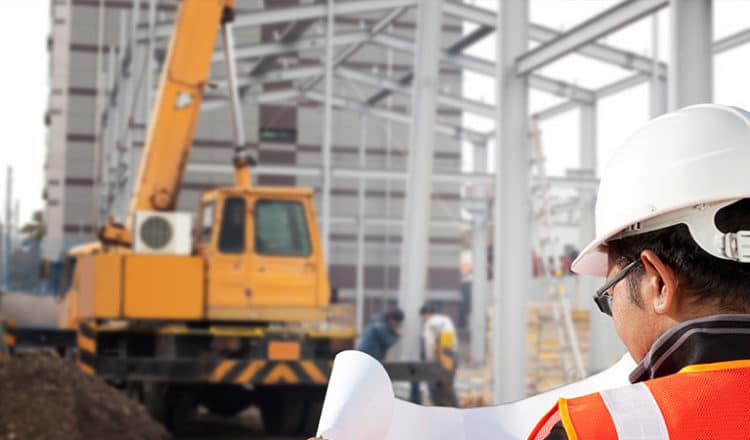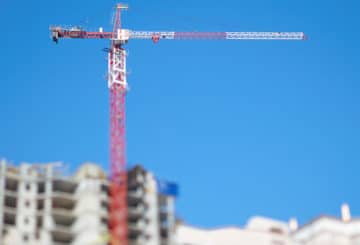Crane riggers are primarily responsible for lifting and transporting big equipment. Various materials must be raised and lifted from the ground depending on the project’s nature and kind. Cranes are employed because of this. Crane operation is frequently outsourced because most firms can’t afford to maintain their own cranes. They might pick from a variety of cranes provided by crane services. Additionally, they supply a skilled expert who will handle all the rigging.
The sort of crane you require depends a lot on the commodities you’ll be lifting. A wide range of other elements also plays a role in this. To make the best decisions for their organization and project, construction managers must be familiar with crane rigging essentials.
If they choose the incorrect crane, they run the risk of causing catastrophic and expensive damage. It’s not uncommon for these mishaps to be fatal.
Everything you need to know about rigging a crane
If you’re just starting out as a construction manager, this guide will be a lifesaver. We’ve included all the essential information for aspiring construction managers in this post.
Rigging’s primary objective
Mobile and portable cranes are commonly used for crane rigging and lifting. They may either be general-purpose cranes or be tailored to a specific job depending on the circumstances.
Other cranes are semi-permanent in nature. Before these cranes may be used, they must be erected in a specified location. Spyder cranes, for example, are commonly seen in locations requiring workers to work at heights.
Rigging and lifting are mostly used on construction sites to move goods and equipment from one location to another. Transportation-related businesses, for example, make use of them (for example, the lifting and moving of heavy containers at the docks).
Using a crane safely
Cranes and rigging are becoming increasingly dangerous because of the lack of attention paid to safety by many firms.
To maintain a safe working environment, it is necessary to implement appropriate safety protocols. First and foremost, all workers and employees on a building site must wear the required Personal Protective Equipment (PPE) (Personal protective equipment). As a result, the crane operator should have extensive experience with it. You’re putting everything at risk if you bring in a newbie.
Crane malfunctions are the most common cause of construction site harm, according to the National Institute for Occupational Safety and Health. Among the other things that can be done with this is figuring out the best rigging technique. Based on the kind of materials and the sort of job, rigging methods might vary widely.
Rigging procedures that don’t meet industry standards pose a significant risk to the persons who are working on the project. So, we recommend that you first consult with a contractor that has worked on similar projects before.
Conclusion
We hope that you know understand the importance of cranes and crane rigging. Cranes are used in a wide variety of industries. They are not only used in construction but also used in other industries that require moving very heavy stuff.
For instance, they may be used to carry around industrial equipment. If the crane operator is skilled enough, this can be done in a very safe and quick way. That is what makes cranes so important in several different industries.
Rigging services DC should be your first choice for any construction project. If you wind up picking the incorrect ones, you might be in danger. One of the most demanding jobs in the construction industry is that of crane rigging. This can cause irreparable harm, such as the loss of lives on the site if it isn’t taken care of.




